Table of content
Mastering the Art of Delicious Stir-Fried Pan-Fried Cakes: A Comprehensive Guide to Perfecting This Beloved Chinese Street Food Classic*
Stir-fried pan-fried cakes, known in Chinese cuisine as chǎo mèn bǐng* (炒焖饼), are a beloved street food dish that originated in northern China but has since captured the hearts and palates of food enthusiasts worldwide. This humble yet deeply satisfying meal combines the chewy texture of pan-fried wheat cakes with the savory, aromatic flavors of stir-fried vegetables and protein, all bound together by a delicate balance of seasonings. While the dish may appear simple at first glance, achieving the perfect harmony of textures and flavors requires precision, patience, and an understanding of the nuanced techniques that elevate it from ordinary to extraordinary. In this comprehensive guide, we will explore the history, ingredients, and step-by-step methods to master the art of creating stir-fried pan-fried cakes that will rival those served by seasoned street vendors.
Before diving into the culinary techniques, it is essential to appreciate the cultural roots of stir-fried pan-fried cakes. This dish traces its origins to the bustling night markets and roadside stalls of northern China, where vendors would prepare fresh dough, pan-fry it into golden cakes, and then stir-fry the cakes with seasonal vegetables and meats. The result was a hearty, affordable meal that could be enjoyed on the go, making it a staple for laborers, students, and travelers alike.
The name chǎo mèn bǐng itself reflects the dual cooking methods involved: chǎo (stir-frying) and mèn (braising or simmering). While the cakes are initially pan-fried to achieve a crispy exterior and soft interior, they are later stir-fried with other ingredients, allowing them to absorb the flavors of the sauce while retaining their chewiness. This combination of techniques creates a dish that is both comforting and complex, embodying the essence of Chinese home cooking.
II. Selecting the Right Ingredients
The foundation of any great stir-fried pan-fried cake lies in the quality of its ingredients. While the recipe is adaptable to various proteins and vegetables, certain key components are non-negotiable for achieving authentic flavor and texture.
The Dough for Pan-Fried Cakes
The cakes, or bǐng, are the soul of the dish. They are typically made from a simple wheat flour dough, but the ratio of flour to water, along with the resting time, greatly affects their final texture.
- Flour: Opt for all-purpose flour or bread flour for a chewier texture. Avoid cake flour, as its low protein content will result in delicate cakes that may fall apart during stir-frying.
- Water: Use lukewarm water (around 100°F/38°C) to activate the gluten in the flour, ensuring elasticity. The exact water-to-flour ratio may vary, but a 2:1 ratio by weight (e.g., 200g flour to 100g water) is a reliable starting point.
- Salt: A pinch of salt enhances the dough’s flavor and strengthens the gluten structure.
Protein Options
Traditional recipes often use thinly sliced pork belly, beef, or chicken, but vegetarian alternatives like tofu or mushrooms can be equally delicious.

- Pork Belly: Choose well-marbled cuts for tenderness. Slice against the grain to prevent chewiness.
- Beef: Flank steak or sirloin works best. Marinate in a mixture of soy sauce, cornstarch, and baking soda for 15–20 minutes to tenderize.
- Chicken: Breast or thigh meat can be used. Pound thinly for even cooking.
Vegetables
The choice of vegetables adds freshness, color, and crunch. Common options include:
- Cabbage: Napa cabbage or green cabbage, shredded.
- Carrots: Julienned for sweetness and texture.
- Bell Peppers: Thinly sliced for a mild crunch.
- Scallions: Use both the white and green parts for aromatic depth.
- Bean Sprouts: Optional, but they add a refreshing crispness.
Aromatics and Seasonings
The flavor profile of stir-fried pan-fried cakes hinges on a harmonious blend of aromatics and seasonings:
- Garlic and Ginger: Minced or finely chopped.
- Soy Sauce: Light soy sauce for salinity, dark soy sauce for color (optional).
- Oyster Sauce: Adds umami and richness.
- Sesame Oil: A drizzle at the end for nutty aroma.
- White Pepper: A pinch for subtle heat.
- Cooking Wine: Shaoxing wine or dry sherry to deglaze the pan.
Oil
Use a neutral oil with a high smoke point, such as vegetable or peanut oil, for pan-frying the cakes. A touch of sesame oil can be added during stir-frying for flavor.
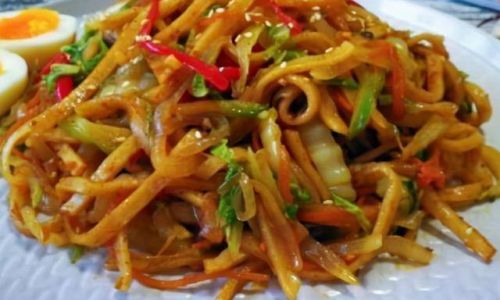
III. Mastering the Dough: Techniques for Perfect Pan-Fried Cakes
The process of making the cakes is divided into three stages: mixing, resting, and cooking. Each step demands attention to detail.
Mixing the Dough
- Kneading: Combine the flour, salt, and water in a bowl. Mix with chopsticks until shaggy, then knead on a lightly floured surface for 8–10 minutes until smooth and elastic. The dough should feel tacky but not sticky.
- Resting: Cover the dough with a damp cloth and let it rest for at least 30 minutes. This allows the gluten to relax, making the dough easier to roll out.
Shaping the Cakes
- Rolling: Divide the dough into 4–6 equal portions. Roll each portion into a thin oval or circle (about 1/8 inch thick). Lightly dust with flour to prevent sticking.
- Pan-Frying: Heat a non-stick or cast-iron skillet over medium heat. Brush with a thin layer of oil. Cook each cake for 2–3 minutes per side until golden brown and puffed. Avoid overcrowding the pan to ensure even cooking.
Cooling and Stacking
- Cooling: Transfer the cooked cakes to a wire rack to cool. This prevents them from becoming soggy.
- Stacking: Once cooled, stack the cakes and slice them into thin strips (about 1/4 inch wide). These strips will be stir-fried later.
IV. The Stir-Frying Process: Building Flavor Layer by Layer
Stir-frying is a rapid-cooking technique that requires precision and timing. The goal is to caramelize the proteins, wilt the vegetables, and meld the flavors without overcooking any component.
Preparing the Wok or Skillet
- Heat: Use a carbon-steel wok or a large, heavy-bottomed skillet. Preheat over high heat until smoking.
- Oil: Add 1–2 tablespoons of oil and swirl to coat the pan.
Cooking the Protein
- Searing: Add the protein to the hot pan and spread it into a single layer. Let it sear undisturbed for 30–45 seconds to develop a golden crust.
- Stir-Frying: Toss the protein continuously for 2–3 minutes until cooked through. Remove and set aside.
Sautéing Aromatics
- Garlic and Ginger: Reduce the heat to medium and add minced garlic and ginger. Stir-fry for 15–20 seconds until fragrant but not browned.
Adding Vegetables
- Order: Start with denser vegetables like carrots, then add quicker-cooking ones like bell peppers and cabbage.
- Stir-Frying: Toss the vegetables for 2–3 minutes until slightly wilted but still crisp.
Combining Ingredients
- Return Protein: Add the cooked protein back to the pan.
- Add Cakes: Toss in the sliced pan-fried cakes. Stir gently to combine.
Seasoning and Sauce
- Deglaze: Pour in a splash of cooking wine and scrape up any browned bits from the pan.
- Sauce: Add soy sauce, oyster sauce, and a pinch of white pepper. Toss to coat evenly.
- Final Touch: Drizzle with sesame oil and garnish with sliced scallions.
V. Achieving the Ideal Texture: Balancing Crispness and Chewiness
The interplay between the crispy edges of the pan-fried cakes and their soft, chewy interiors is what defines the dish. Here’s how to nail this balance:

- Pan-Frying Temperature: Cook the cakes over medium heat to ensure even browning without burning.
- Stir-Frying Speed: Work quickly once the cakes are added to the wok to prevent them from becoming soggy.
- Sauce Consistency: Use just enough sauce to coat the ingredients without drowning them. Excess liquid will soften the cakes.
VI. Common Pitfalls and How to Avoid Them
Even seasoned cooks can stumble when making stir-fried pan-fried cakes. Here are solutions to frequent issues:
- Soggy Cakes: Ensure the pan is hot enough when frying the dough. Avoid overcrowding the pan, and cool the cakes completely before slicing.
- Tough Dough: Overkneading or insufficient resting time can make the dough elastic. Knead until smooth, then rest for at least 30 minutes.
- Bland Flavor: Amplify the seasoning by adding a touch of MSG (optional) or a splash of vinegar for acidity.
- Burnt Aromatics: Keep the heat at medium when sautéing garlic and ginger to prevent bitterness.
VII. Creative Variations and Regional Adaptations
One of the joys of stir-fried pan-fried cakes is their versatility. Experiment with these regional twists:
- Shandong-Style: Add black vinegar and chili oil for a tangy, spicy kick.
- Beijing-Style: Include dried wood ear mushrooms and bamboo shoots for texture.
- Vegetarian: Use scrambled tofu and a medley of seasonal vegetables.
- Seafood: Substitute protein with shrimp or squid, and finish with a squeeze of lime.
VIII. Serving and Pairing Suggestions
Stir-fried pan-fried cakes are a complete meal on their own but can be elevated with complementary sides:
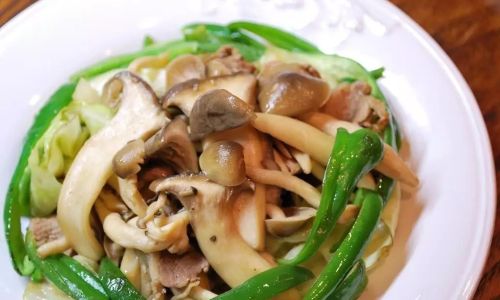
- Pickled Vegetables: A side of quick-pickled cucumbers or daikon balances the richness.
- Soup: A light egg drop or miso soup adds refreshing contrast.
- Beverages: Pair with jasmine tea, barley tea, or a crisp lager.
IX. Conclusion: The Joy of Mastering a Classic
Stir-fried pan-fried cakes are more than a dish—they are a testament to the art of balancing simplicity and complexity. By mastering the dough, honing your stir-frying skills, and embracing creativity, you can transform basic ingredients into a meal that delights the senses and nourishes the soul. Whether enjoyed as a quick weeknight dinner or a showcase of culinary prowess at a dinner party, this humble street food classic deserves a place in every home cook’s repertoire. With practice and patience, you too can achieve stir-fried pan-fried cakes that are crispy, chewy, savory, and utterly unforgettable.
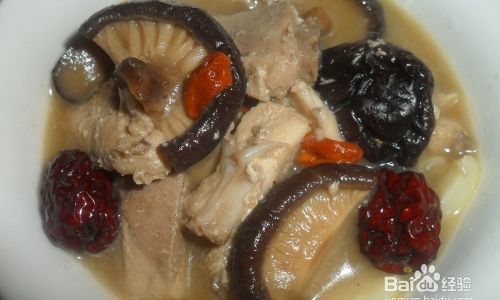

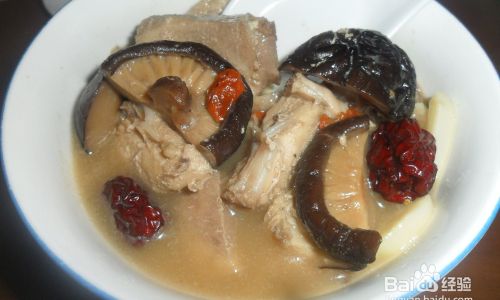

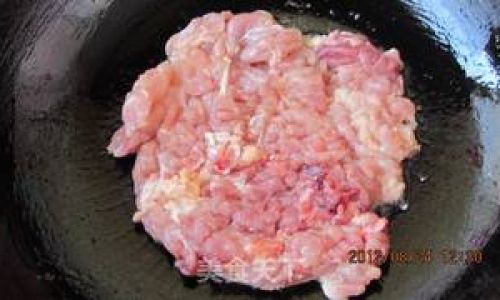
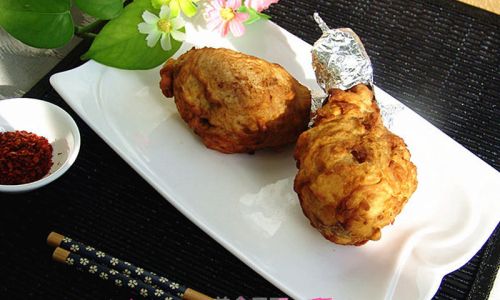
0 comments